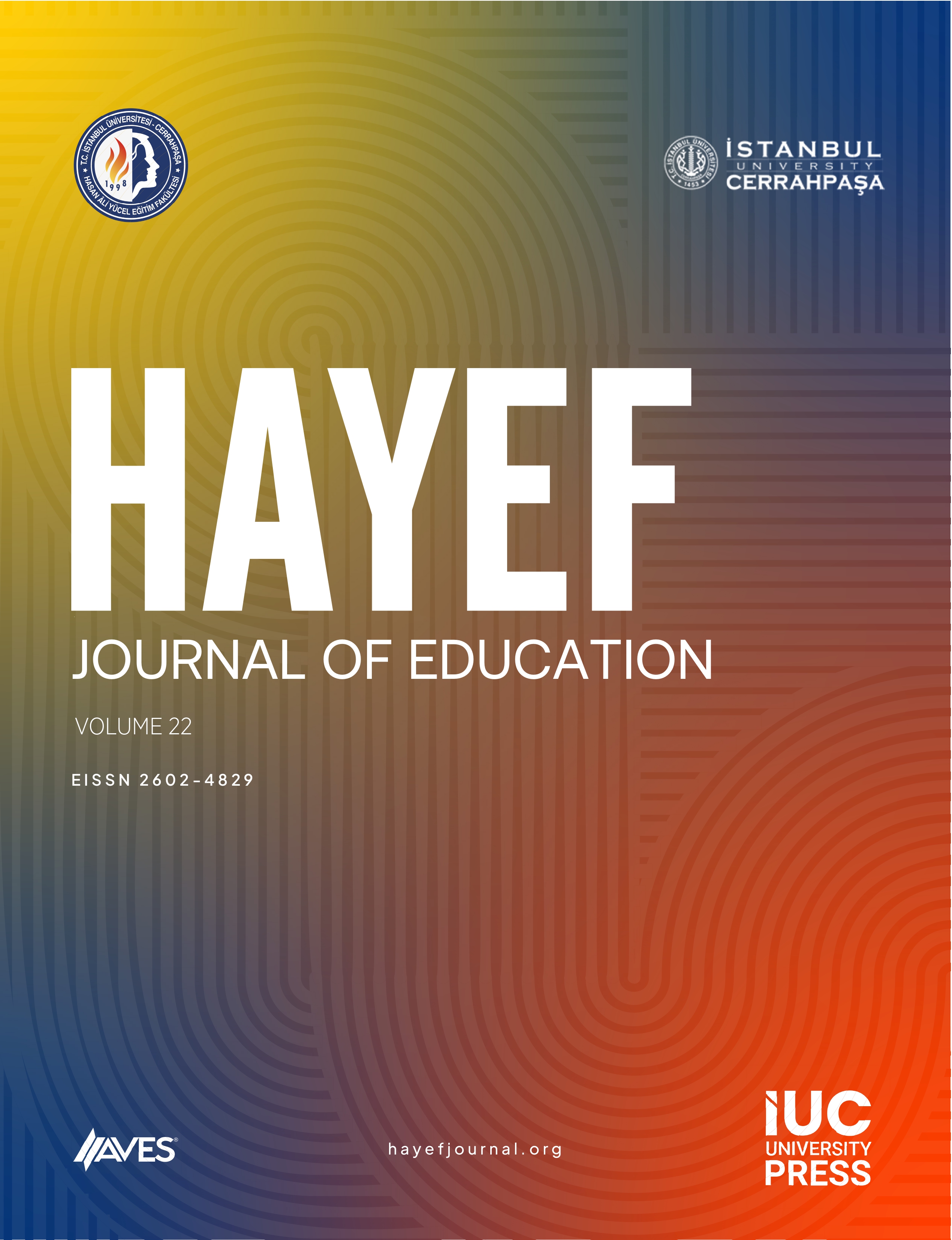The framework of this study was based on Howard Gardner's Multiple Intelligences (Ml) theory that children differ in their strength and type of multiple domains of cognitive development and therefore display individual differences in learning . (Gardner, 1985) Developmental psychologists agree on the fact that all children come from different biological and cultural backgrounds bringing along personal histories and specific experiences with them. This special disposition of each child sets up the differences in learning styles and ways of processing information. Arising from this fact individual i differences are given great attention in developing and implementing preschool curriculum. In this respect, it is important to develop activities to suit each child's interests and needs in order to make learning more accessible and functional. The aim of this study was to compare the acquisition of time concept among 5-6 year olds attending the same preschool. The Study was carried out within an expreimental, multi-varied activity program which was implemented through out three weeks to introduce the concept of time. The activities corresponded to developmental areas within the Ml framework. Child-centered learning was encouraged through play, drama, muslz, arts, problem solving, math and science activities that involved "time." A Time Concept Evaluation orm was used to record the observational data. The data was analysed In terms of duration, sequencing, grouping and ordering time units (hours, days, months) and being able to tell time on a clock. The results of covariance analysis showed that multivaried learning activities while acquiring concepts of time were intrinsicly motivating, creative and led to successful learning. The results were significant at pool level in all variables in favor of the experiemental group.



